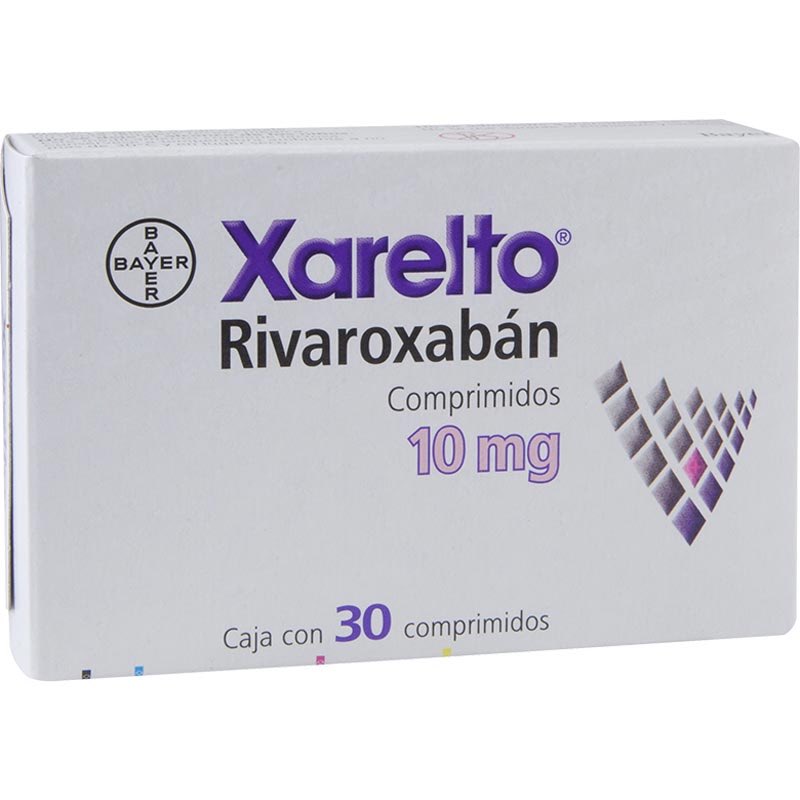Introduction
Tissue engineering and regenerative medicine utilizes biodegradable scaffolds as templates for new tissue growth. These scaffolds are designed to degrade as the tissues regenerate, without the need for scaffold removal through additional surgeries. Biodegradable scaffolds offer significant advantages over permanent implants for applications involving soft and hard tissue repair and regeneration. This article discusses the promise of biodegradable scaffolds and the progress being made in this rapidly advancing field.
Scaffold Materials and Designs
Scaffolds are commonly fabricated from biodegradable polymers such as polylactic acid (PLA), polyglycolic acid (PGA), and their copolymers like poly(lactic-co-glycolic acid) (PLGA). These aliphatic polyesters are frequently used due to their biocompatibility, tunable degradation rates, and long track record of safe implantation in patients. Scaffolds often contain pores or a fibrous nano/micro scale architecture to facilitate cellular infiltration, nutrient transport, and new tissue development. Advanced 3D printing and electrospinning techniques allow designers to precisely control scaffold topology, porosity and nano/micro features based on the tissue being replaced. Nanofiber scaffolds in particular mimic the extracellular matrix (ECM) at the cellular scale.
Applications in Soft Tissue Repair
Biodegradable Scaffolds show promise for applications such as skin regeneration and wound healing. Electrospun nanofiber scaffolds containing ECM proteins have guided the regeneration of skin tissue in animal models. The nanofibers provide structural cues mimicking collagen fibers in skin ECM while proteins cue cell adhesion and proliferation. Similar nanofiber scaffolds containing growth factors have accelerated full-thickness wound healing. Further development aims to translate these approaches to chronic human wounds. Biodegradable scaffolds are also being developed to regenerate other soft tissues like skeletal muscle, blood vessels, nerves and cartilage.
Applications in Bone Tissue Engineering
A major goal in bone tissue engineering is developing grafts that regenerate load-bearing bone. Biodegradable scaffold composites containing HA or other ceramics and growth factors have enabled bone ingrowth in critical size defects in animal models. 3D printed, highly porous and mechanically robust PLGA/HA scaffolds have mineralized and integrated with host bone in rat calvarial defects. Similar composite scaffolds containing Mg or Zn have also enhanced new bone formation through their ionic dissolution products which stimulate osteogenesis. Clinical studies evaluating biodegradable composite scaffolds for spine fusion, craniomaxillofacial reconstruction and orthopedic applications continue to show promise.
Challenges and Future Outlook
While significant advances have been made, major challenges remain in translating scaffold-based regenerative therapies to widespread clinical use. Scaffold vascularization and integration with host tissues requires further optimization. More sophisticated fabrication techniques and characterization tools are needed to tightly control scaffold nano/microstructure and material properties. Incorporating multiple cell types, growth factors, and ECM molecules requires deeper understanding of complex regeneration mechanisms. Regulatory hurdles also need to be addressed as these are combination products involving medical devices and cell/gene therapies. Overall, biodegradable scaffolds show great potential as regenerative alternatives to permanent implants. With continued progress, they may impact a wide variety of soft and hard tissue reconstruction procedures.
In summary, biodegradable scaffolds represent an innovative tissue engineering approach which guides regeneration without long-term implant foreign bodies. Tunable polymer and composite scaffold designs have enabled regeneration of various tissues in preclinical models. Promising results have also emerged from clinical studies. While challenges lie ahead, biodegradable scaffolds are positioned to transform reconstructive medicine by providing resorbable, body-compatible alternatives to permanent prostheses. With further advances, they may enable regeneration solutions for an increasing number of clinical indications. Overall, scaffold-based regenerative therapies exemplify the tremendous opportunities arising from synergies between materials science, cell biology and medicine.
*Note:
1. Source: Coherent Market Insights, Public sources, Desk research
2. We have leveraged AI tools to mine information and compile it.



